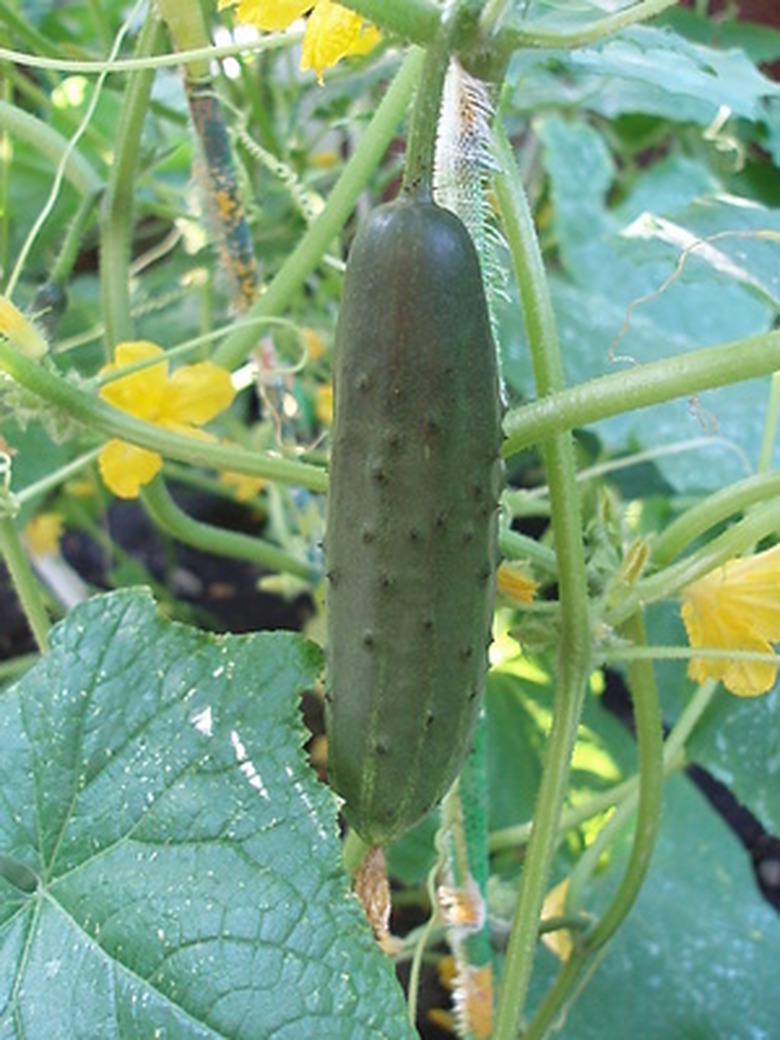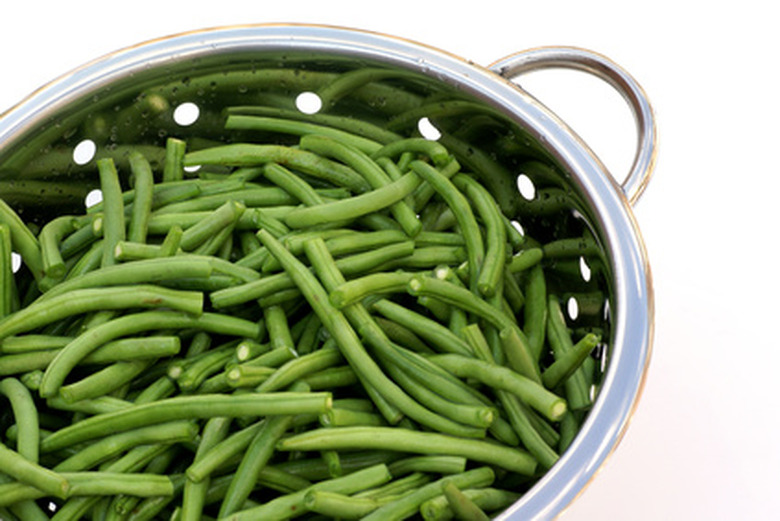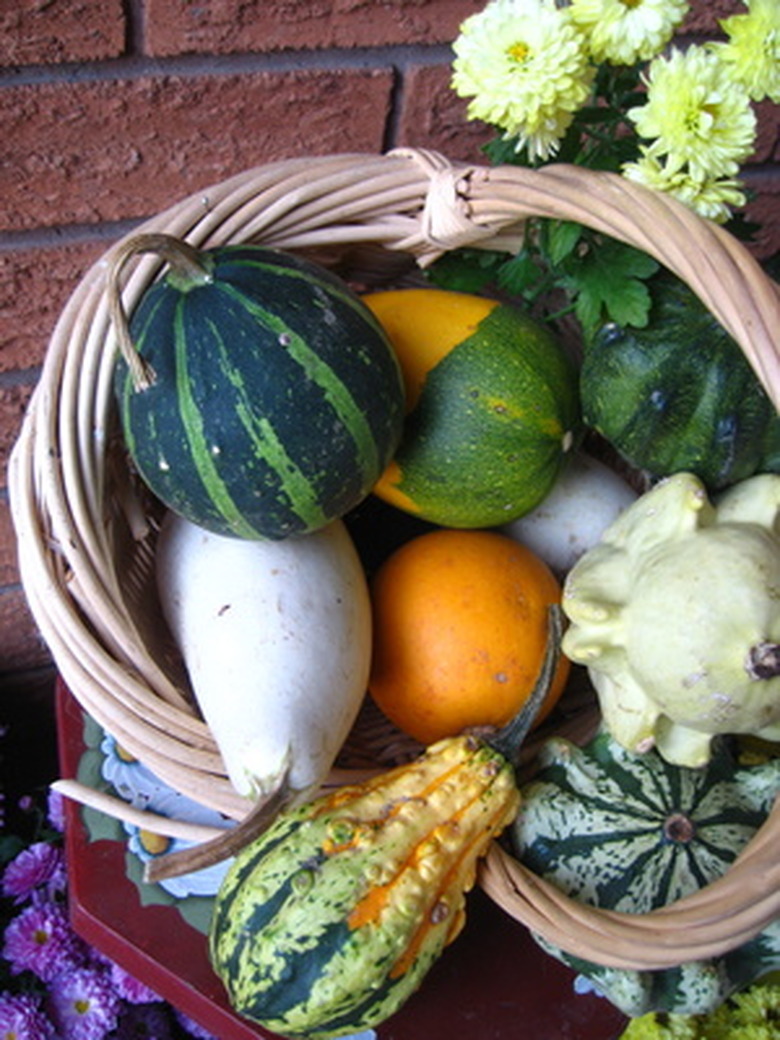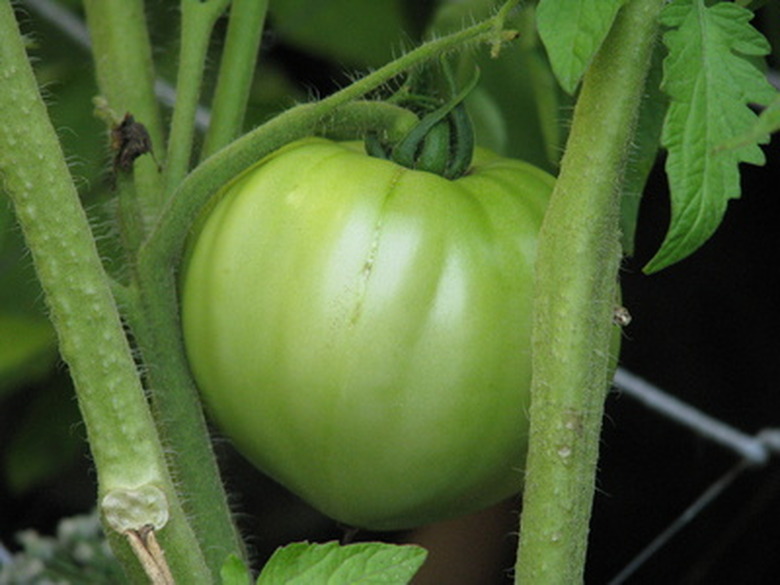The Best Vegetables To Grow On A Chain-Link Fence
Vegetables that need a strong support system, such as squash, gourds, melons, cucumbers and tomatoes are your best choices to grow on a chain link fence. With its sturdy metal posts and strong wires, chain-link provides enough strength to withstand heavy loads. Chain-link also provides beans and tomatoes ample space for their long vines and branches to grow both vertically and horizontally.
Beans
All beans, whether pole or bush, send out curling shoots that need the close-knit weaving of a chain-link fence. Even though you can grow bush beans without support, they do best and are more easily harvested when trained to grow vertically. Pole beans produce longer than bush beans and will cover a larger area of fencing, according to Dr. Leonard P. Perry, Professor at the University of Vermont Extension. All beans produce flowers before they produce the bean pods, but scarlet runner beans have attractive, red flowers that many vegetable gardeners love. Beans need a fence in full sun with soil that has good drainage.
Gourds and Squashes
The strength of a chain-link fence is especially beneficial when growing gourds and winter squash; the vines themselves require the nooks and crannies of the fence to pull themselves up. The wires provide places to tie cloth or netting support to hold up heavy individual squashes and gourds to prevent their stems from breaking. Train gourd and squash vines to grow both vertically and horizontally on the fence, as the vines can reach up to 25 feet for gourds and up to 10 feet for squash.
Tomatoes
Most vegetables gardeners find that tomatoes quickly outgrow the standard tomato cages bought in the local garden store and using just one or two stakes doesn’t provide enough support. Chain-link fencing is a perfect alternative. Barbara Damrosch, author of "The Garden Primer," recommends a 5-foot high support, so add additional height to your fence if necessary by tying metal stakes or wooden dowels to the existing poles and stringing twine between the stakes. Use strips of cloth or soft twine to support the vines so that stems are not damaged. A chain-link fence allows you to train the tomato vines to grow both vertically and horizontally.
References
- Manure Depot: In the Garden: Creating Support For Your Vegetable Plants
- "The Garden Primer"; Barbara Damrosch; 1988



